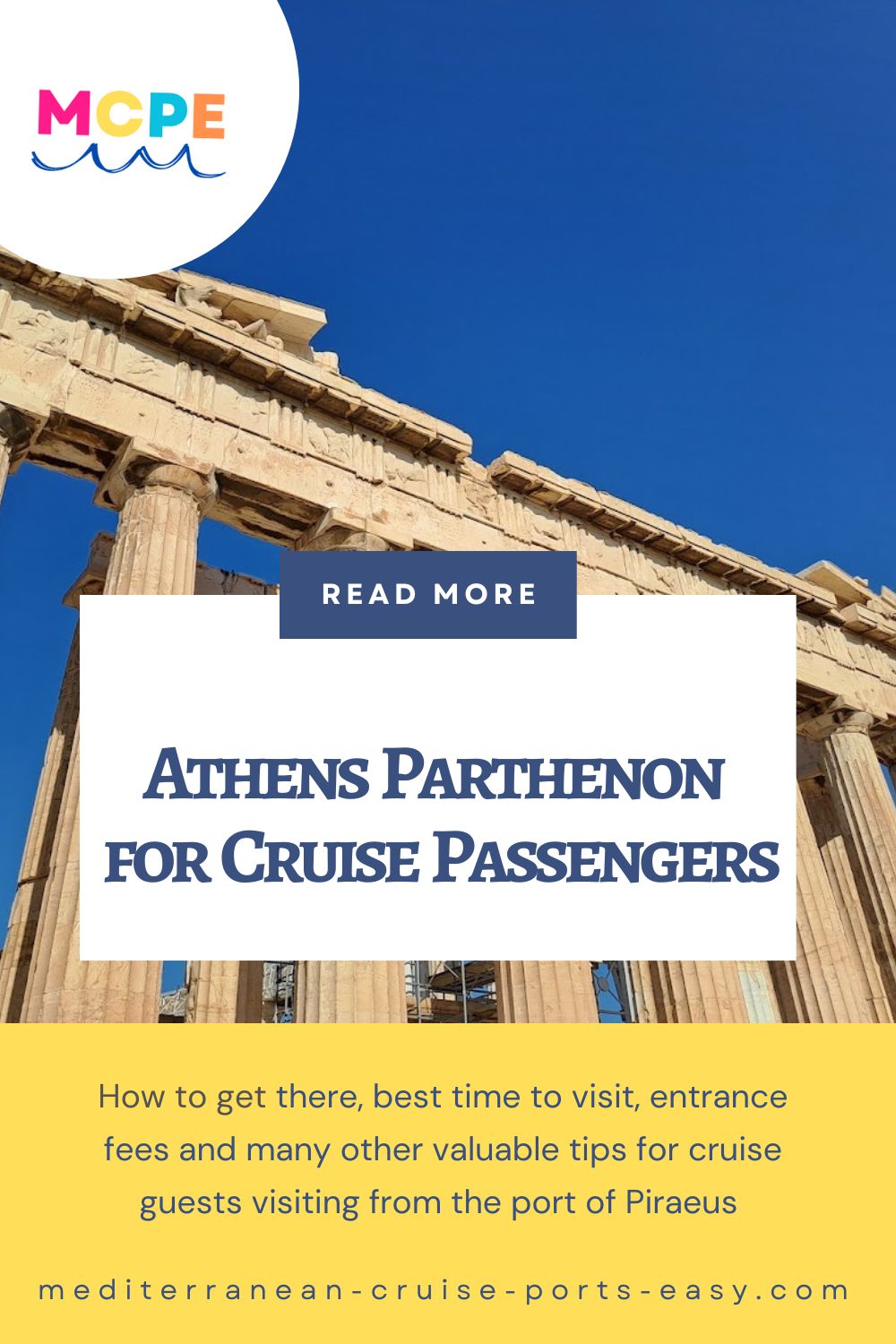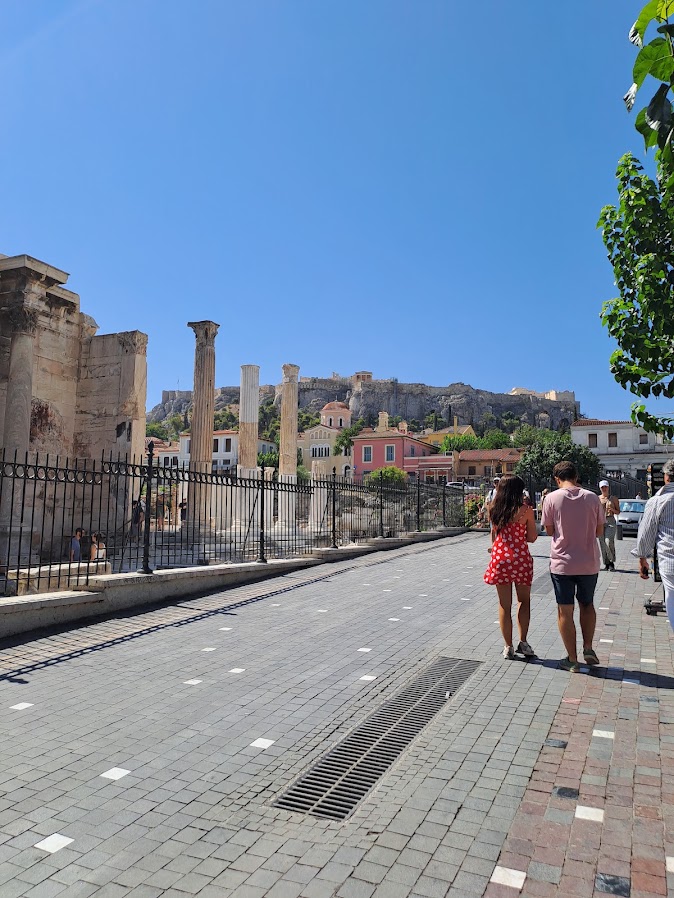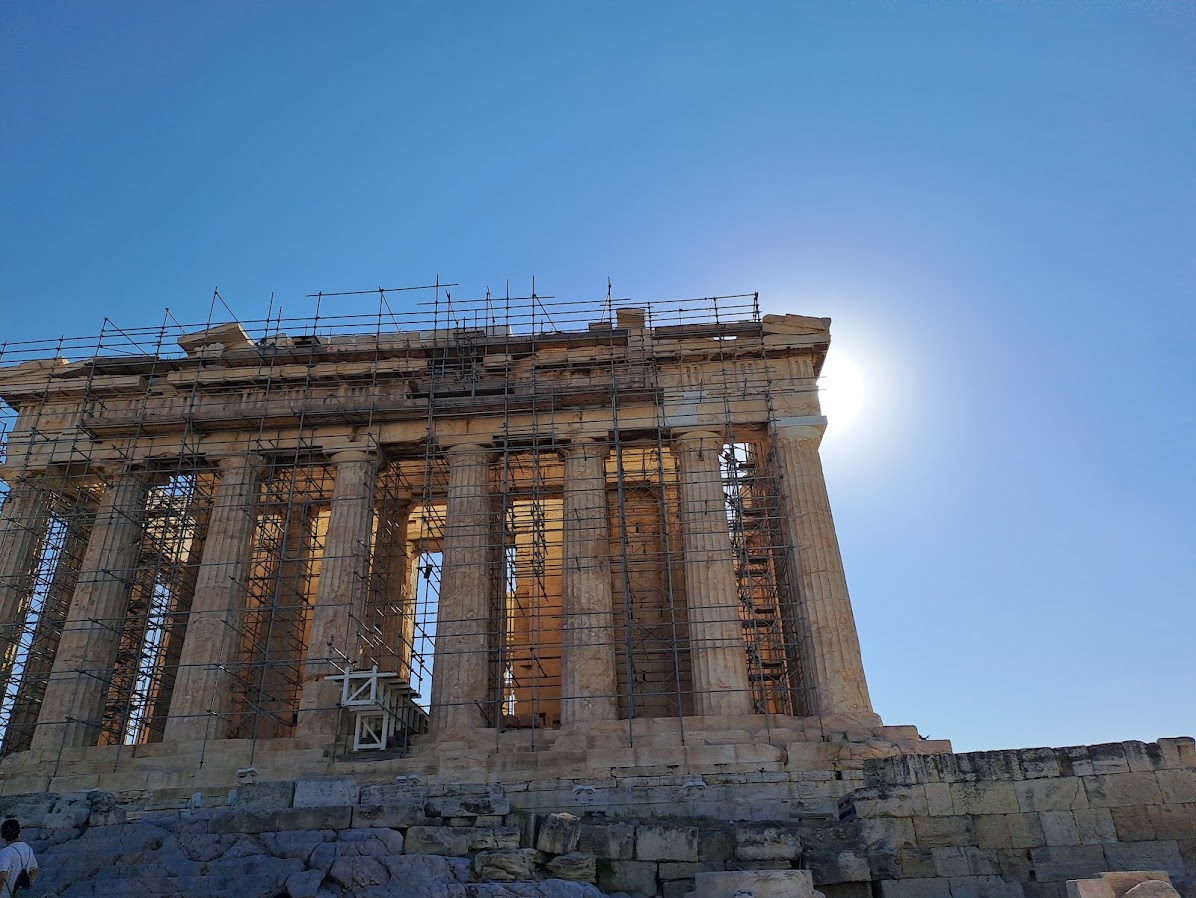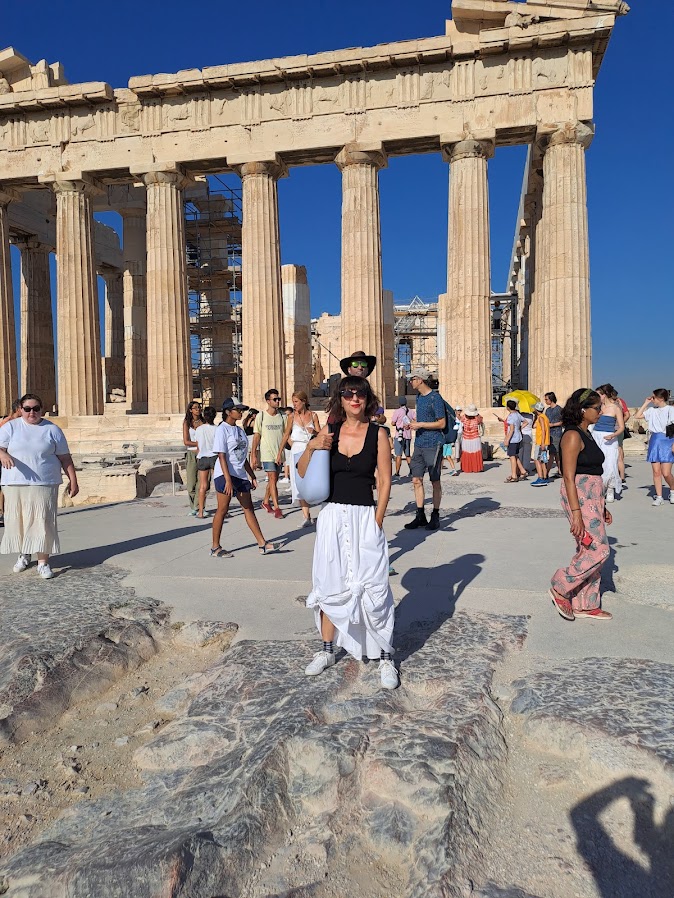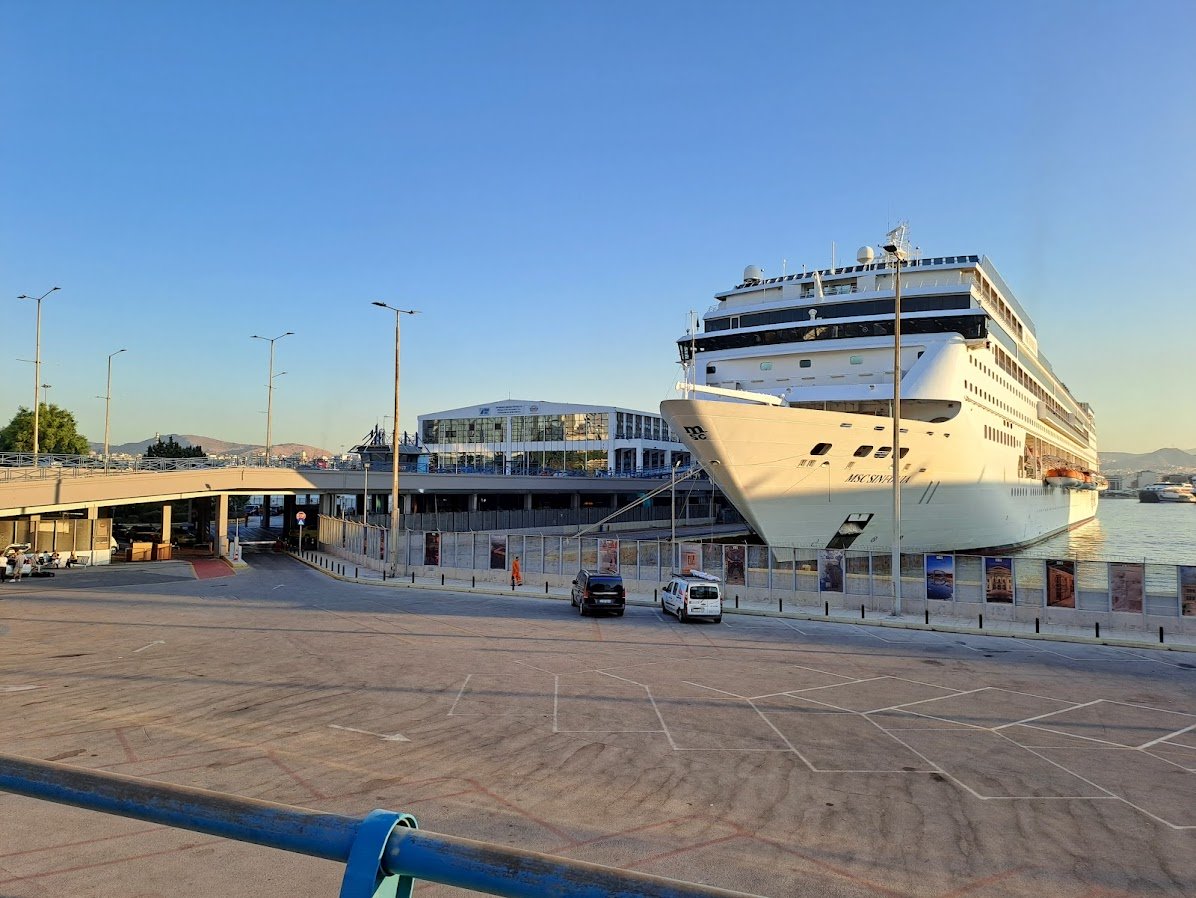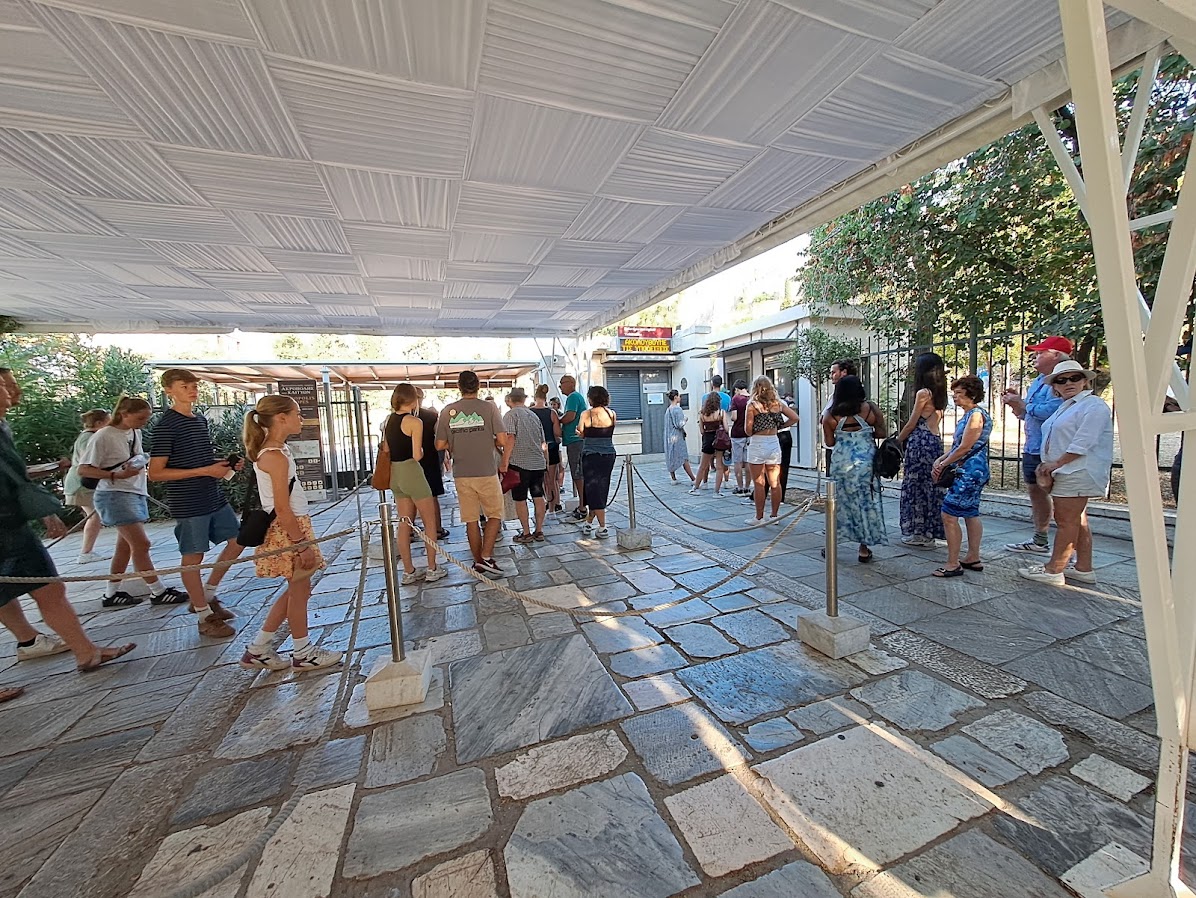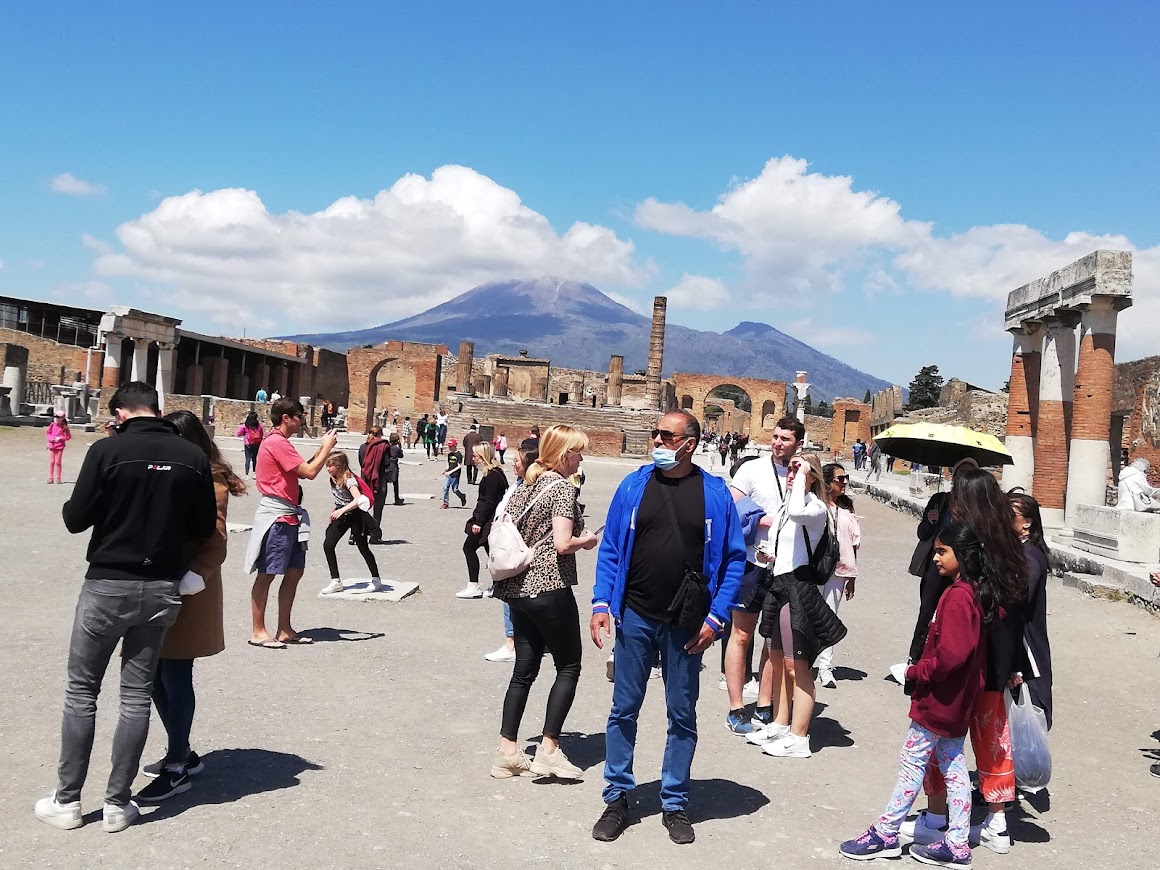Athens Parthenon – 2500 year old masterpiece of Athens Acropolis!
Athens Parthenon - how to get there, when is the best time to visit, entrance fee and many other valuable tips for cruise guests visiting from the port of Piraeus
Widely regarded as the most illustrious masterpiece of Ancient Greek architecture, a visit to the Athens Parthenon is undoubtedly the pinnacle of every cruise-goer's journey to this age-old temple, drawing in over 7 million tourists annually.
On this page, you'll discover all the essential details for cruisers to ensure a well-informed visit to this enduring emblem of Ancient Greece—a compelling motive for embarking on a cruise to Athens.
What is Parthenon actually?
The Parthenon is a former temple located on the Athenian hill of Acropolis in Greece. It is dedicated to the goddess Athena, whom the people of Athens considered their patron.
One of her many attributes was Parthenos, which means Virgin or Maiden. It was a common practice in ancient Greece to name temples after the deities they were dedicated to, often using an attribute or epithet associated with the deity.
The fact that it was a temple means that religious worships and ceremonial activities took place there in the first place.
But it is also believed some civic funcions were perfomed here: official meetings and public gatherings may have taken place, and it also served as a treasury for the city of Athens.
Today, the Athens Parthenon is primarily a historic site and tourist attraction, and its original religious functions have long since ceased.
Where is Parthenon situated?
Athens essentials:
Looking for some reliable, small-group shore excursions that would pick you up at Piraeus, get you skip-the-line tickets, take you to see the highlights of Athens, and bring you back to the ship? No problem: read about the Best Shared Athens Tours from Cruise Ship.
The Parthenon is located on the Acropolis, a prominent rocky hill in the center of Athens, Greece. The Acropolis is situated approximately 2.5 kilometers (about 1.5 miles) southwest of the city's modern center.
It is one of the most iconic and easily recognizable landmarks in Athens - you will see it from the Plaka, the old town of Athens, as you exit from the Monastiraki metro station - although there are many other easier ways to reach Athens from your cruise ship docked in Piraeus than taking a metro train.
Why is Parthenon famous?
First of all, the Parthenon is seen as a symbol of Ancient Greece and Western civilization as a whole. Its long-lasting existence over many centuries, and the ongoing work to take care of it, show how much the Western world cares about keeping its cultural history and old places in good shape.
Moreover, it was constructed during the height of Classical Greece, a period that laid the foundation for many aspects of Western civilization, including democracy, philosophy, art, and science.
Also, the way the Parthenon was built has had a big impact on how buildings in the Western world are designed. Its Doric columns, triangular tops, and decorative sculptures have been copied in lots of Western buildings, especially government and public ones.
Athens, where the Parthenon is, is thought to be where democracy started. The Parthenon was built around the same time when Athenian democracy was doing well, led by people like Pericles. So, the Parthenon stands for the ideas of democracy and civic pride from ancient Athens, which helped shape modern Western democracy.
I could go on and on about why the Athens Parthenon is famous but I'm sure you get the point - visiting Parthenon is like going back to the very source of the civilization we live in.
I you haven't been planning guided shore excursions to Parthenon by now, I'm sure you are slowly changing your mind - this place deserves a good local guide who will help you make the most of your once in a lifetime visit.
Check the tours that have the best price-review ratio below and that depart from the ship in Piraeus:
Who built Athens Parthenon and when was it built?
The construction of the Athens Parthenon began in 447 BC, and was completed in 438 BC. The architects responsible for designing this building, which is the most copied structure in the world ever, are Ictinus and Callicrates.
Athens Parthenon was built as thanks to the Athena goddess for the triumph of Athens over the Persians. And rest assured, Athenians (led by their legendary statesman Pericles) couldn’t have thought of a more lavish way to please their patron...
What did the inside of the Parthenon look like?
Namely, inside the most sacred room, the cella, they put a gigantic sculpture of Athena Parthenos, sculpted by Phidias himself. But it’s not only its size that must have flattered the goddess!
Check here for a clickable plan of the Parthenon and try to find a click that will give you the view of the sculpture inside the temple!
This 12m (40 feet) tall sculpture must have been blinding with all the gold, silver, and ivory it was clad in. Only the gold weighed 2,500 pounds (1,100 kg). Now how’s that for demonstration of a state’s power?
If you’re wondering where all that gold’s gone, the sculpture of Athena Parthenos was looted in the 5th Ct. and taken to Constantinople where it was finally destroyed by Crusaders in 1204.
What did Parthenon look like from the outside?
As for the exterior… you have to at least try and imagine what it looked like when the bas-relief frieze depicting the Panathenaic procession in honor of Athena goddess still decorated the outside walls of the cella; when the 92 metopes (rectangular plaques) showing battles of the mythological creatures still stood on the outside frieze; when the stories of Athena’s life still adorned the pediments.
And all of that in color! Yes, you heard right, although today we imagine the Athens Parthenon as a monochromatic marble structure… in the past, those sculptures were painted in bright paint!
The main person in charge was Phidias who was helped by more than 70 assistant sculptors.
Visible from every corner of ancient Athens, it was hard not to glance at the Athens Parthenon now and then and be reminded of the state’s power. It was the mirror of Athenians’ high opinion of themselves.
What happened to the Athens Parthenon with time?
Having stood up there on the Athens Acropolis for more than 2,500 years, if it could, the Parthenon would write a best-selling autobiography: the Emperor Theodosius turned it into a Christian Church dedicated to the Virgin Mary; the Franks into their church (1204) and the Turks into a Mosque (1458).
Only a minaret was added to the Parthenon, but other than that it was not damaged further. European visitors in the 17th Century testified that the building was largely intact.
In 1687, while the Turks were using it as a powder magazine, it got hit by a Venetian grenade which blew its roof off and reduced this masterpiece of Greek art and architecture to a mere skeleton.
From 1801 to 1812, Lord Elgin, a British ambassador at Constantinople, removed half of the surviving sculptures off of the Parthenon and sold them to the British Government. Still to this day, they can be seen in the British Museum in London.
Today, the Parthenon, although stripped of most of its decoration, still leaves a lasting impact on every soul for its impressive setting, the harmony based on the golden section, and the message it holds behind its physical appearance: this temple was an ode to the glory of one powerful civilization and its achievements in warfare, democracy, architecture, and philosophy.
How to get from Piraeus cruise port to Parthenon?
It takes some planning when trying to get from your cruise ship in the port of Piraeus to Athens Acropolis and Parthenon. You can read all about the different means of transportation in my article Athens transport for cruisers.
What is the Athens Parthenon entrance fee and visiting hours?
Athens Acropolis ticket includes the Parthenon in its price, and you can read all about how much they are, and how to visit this must-see archaeological site in my article on Athens Acropolis.
What I can tell you right now is: either get on one of the Skip-the-line Acropolis shore excursions that will get the tickets for you ahead of time or get your own Acropolis tickets online before the day of your visit. If you don't you risk standing in the ticket line for hours, and then in the additional line just to get into the site!
- Home
- Cruise Athens
- Athens Parthenon
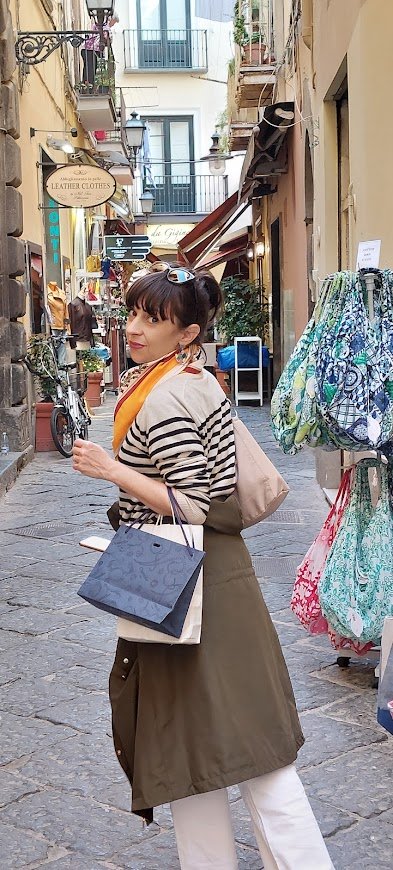
With over seven years working aboard cruise ships as a port guide and shopper assistant, I’ve helped thousands of passengers get the best from their days ashore in Dubrovnik. Now, I want to make you Med confident!
TAKE A SHORTCUT TO TOP 30 MOST VIEWED PAGES OF 2025:
4. Capri ferry
10. Livorno Italy
13. Naples to Capri
16. Messina Sicily
17. Pisa Train
18. Visiting Pompeii
19. Pompeii forum
20. Port of Piraeus
22. Venice vaporetto
23. Venice water bus
24. Livorno map
25. Getting to Zadar
27. Walk Venice
28. Mykonos beach
29. Lucca Italy
30. Pomepii homes

